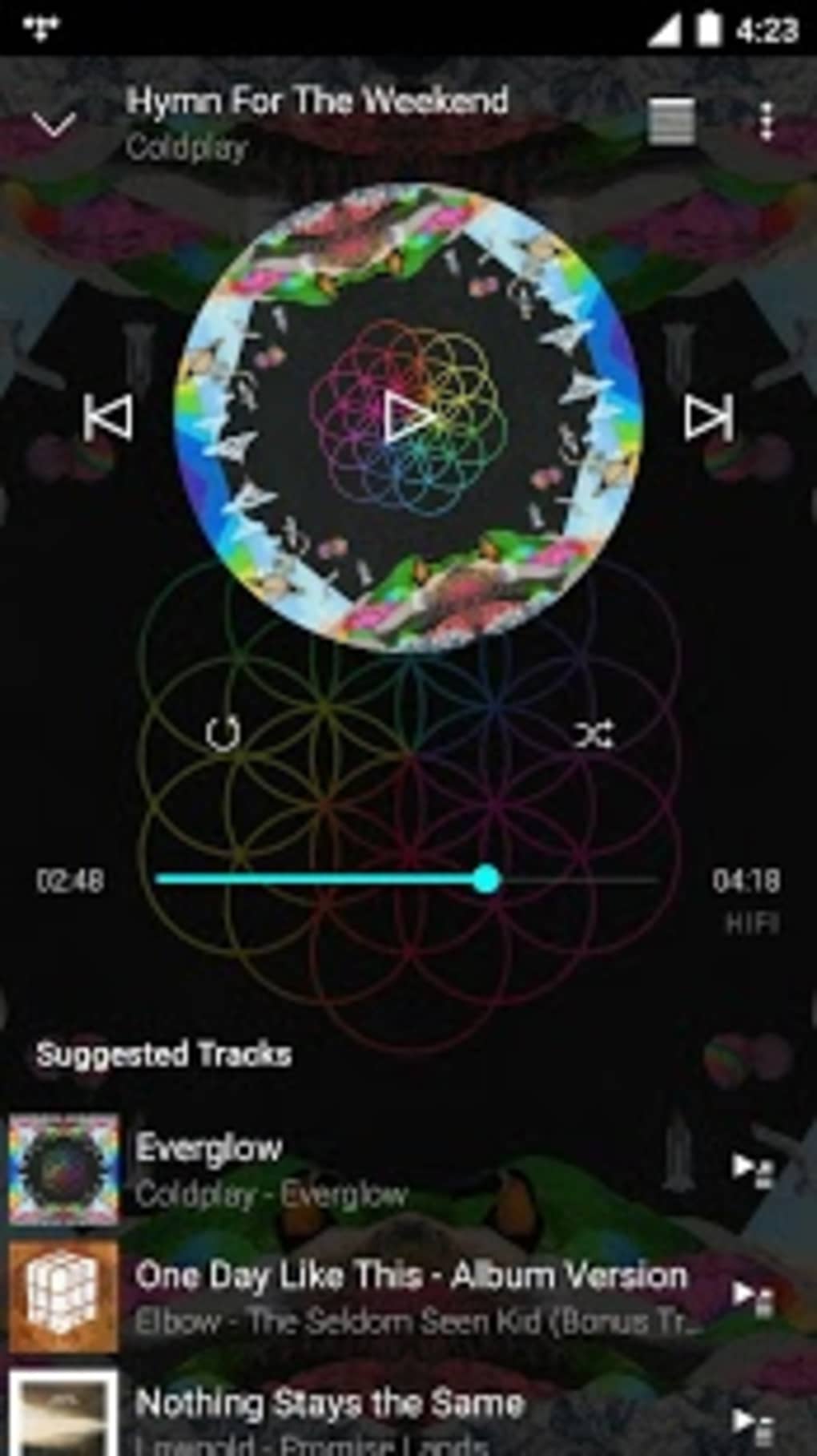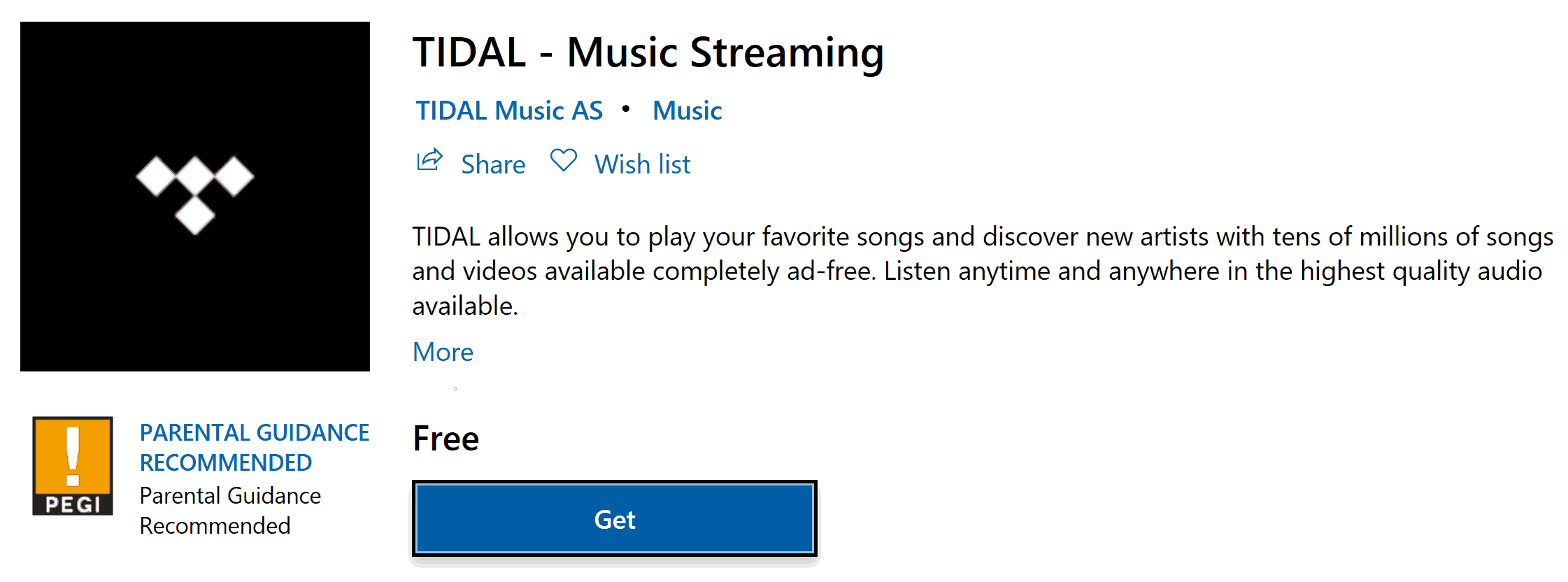

All they have done so far is banging tables, shouting and a continuation of the same marketing babble. Why don’t they come out and show that it is true. So the chances that this claim is true at least in theory is high.

Meridian is betting their reputation on this claim and they know thing or two about PCM. they claim a lot of things and a lot of people are afraid to tell that they can’t hear the difference. Their current way of doing things resembles the emperors new clothes. That would prove that their claims are actually valid. Well it could be determined if MQA actually believed in their product and supplied files that had various stages of their “processes” applied. Whether they achieved that, people with higher technical knowledge and equipment to verify this claim can only tell. The whole point of the MQA is to correct time errors and reduce time smearing. They work with what they have, hi-res file is not available to Tidal for encoding.ĭespite of this they claim to have music files at 24 bit/384 kHzĮxcept for the fact that they are calling a lossy file for hi-res. Not every track is compressed in highest resolution. How much is determined by the embedded bits. It actually does not do what they say, max lossy resolution is 24 bits at 48 kHz everything above that is pure upsampling. It’s not sampling rate dependent, it does support what they claim. And however You look at it technically it is of less than CD quality. Whether or not You think that MQA is inaudible from a lossless file doesn’t change the fact that it is audible for me and many others. Again at a resolution of less than 16 bits and a higher noise floor, due to the “embedded” “information” in the least significant bits. Well there’s been loads of claims that MP3 and other lossy formats are inaudible from lossless.

So in theory it should be inaudible and when played on a DAC that doesn’t support MQA it should be exactly the same quality as a normal FLAC. You could be mistaken about the fact that the audible part is encoded in FLAC, as all that MQA has revealed is that the MQA file is delivered in a FLAC container It has been shown that the “information” that is “embedded” in the lab’s is mainly for turning on the blue light, and doesn’t generate anything other than random noise. The audible part of the spectrum is encoded using FLAC and the “folds” are buried below the noise floor.Īgain You sound a lot like an employee of MQA, the “folds” (glad You " " that expression as it is purely a marketing term. If something is lossy it can by definition not be of high resolution. It’s partially lossy, but from a higher resolution. You do sound like an MQA employee, as the company talks a lot about inaudible losses in MQA If it’s beyond the audible spectrum why would they include it. If you look at which part is lossy compressed, it’s beyond the audible spectrum. Included in those bits is included a higher noise floor due to the “embedded” information in the lsb’s If you look at how MQA works, some parts of the frequency band are compressed losslessly.Īt a resolution of max 15.something, according to Bob Stuart. It’s hi-res, it supports resolutions beyond 16/44.1. They work with what they have, hi-res file is not available to Tidal for encoding. The audible part of the spectrum is encoded using FLAC and the “folds” are buried below the noise floor. If you look at how MQA works, some parts of the frequency band are compressed losslessly.


 0 kommentar(er)
0 kommentar(er)
